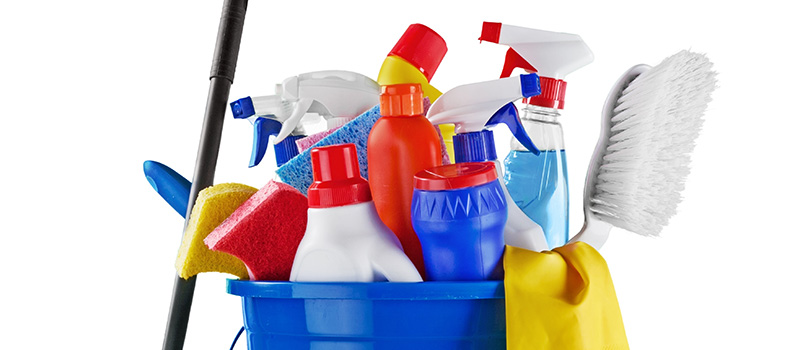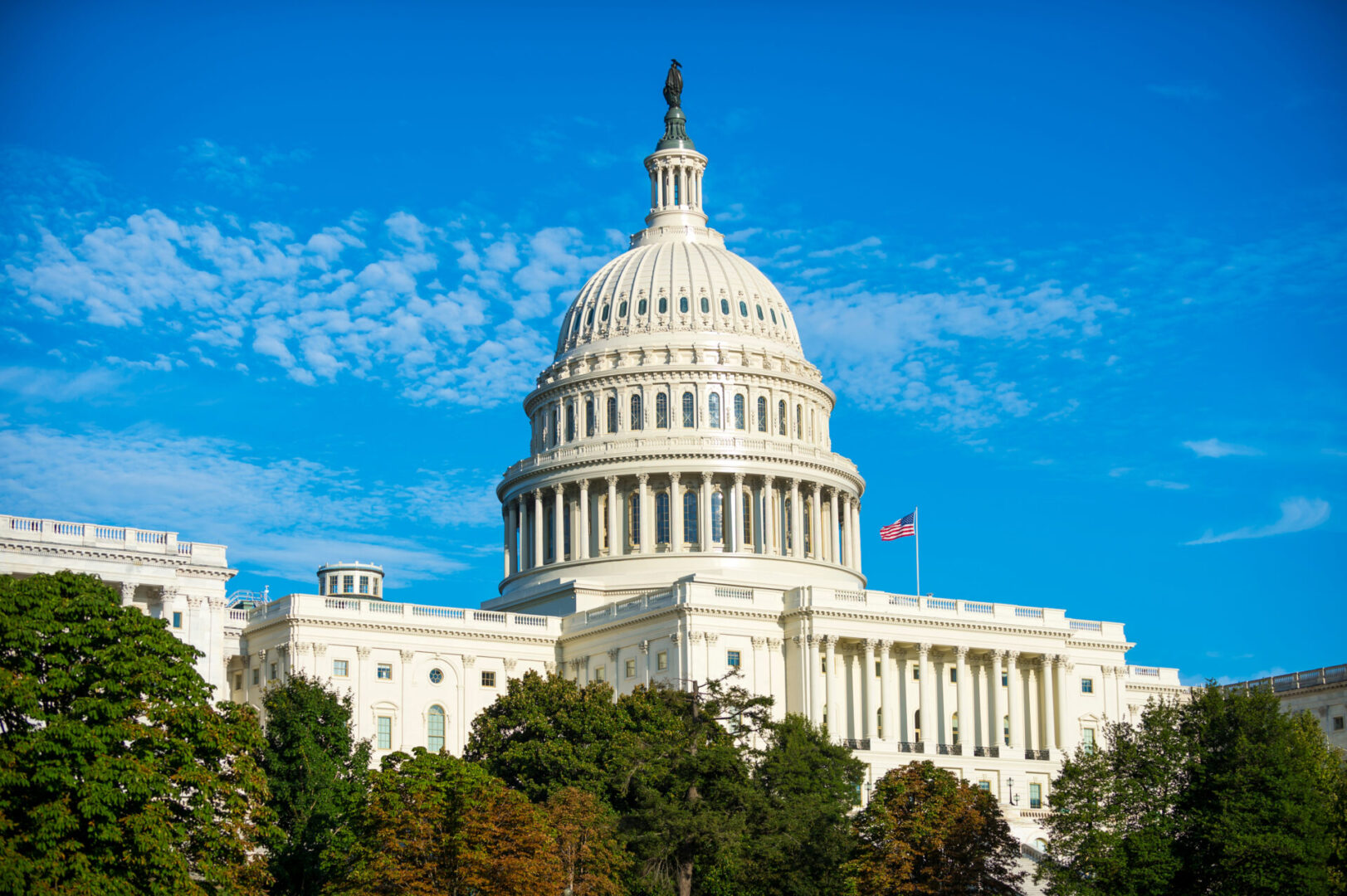By Scientific & Regulatory Consultants
Last updated on July 17, 2025
The Cleaning Product Right to Know Act of 2017 Online disclosure requirement is quickly approaching (January 1, 2020). Understanding SB-258 (Cleaning Product Right to Know Act of 2017) is vital for manufacturer compliance in the State of California. While no federal legislation exists for cleaning product disclosure to this degree of scrutiny, all companies manufacturing and selling designated products in California are subject to this act. Implementing a compliance plan is complex and should be established without delay.
Determine your standing – are you required to comply?
The scope of the Cleaning Product Right to Know Act of 2017 (CPRKA) applies to manufacturers, including private labelers and supplemental registrants to specific disclosure requirements. Senate Bill 258 (2017) defines a manufacturer as either of the following:
- A person or entity who manufactures the designated product and whose name appears on the product label
- person or entity who the product is manufactured for or distributed by, as identified on the product label pursuant to the federal Fair Packaging and Labeling Act.
Know your formula
Understanding the individual components within the raw materials of your product formula is key. This will be uniquely challenging, as fragrances are often comprised of 15 or more chemicals. A disclosure based on a raw material level is not adequate for meeting the Cleaning Product Right to Know Act requirements. Determine all chemical ingredients within raw materials in your product and the level they are present in the final product formula.
This extent of knowledge requires supplier collaboration for disclosure. Be sure that your suppliers are sufficiently disclosing the ingredients for raw materials. The product SDS is a great place to start this assessment. Proprietary blends may also be challenging to tackle and will require concerted efforts between you and your supplier(s). This may be a timely process and should not be postponed. If suppliers claim Confidential Business Information (CBI), it must be consistent with requirements.
Claiming CBI
Claiming Confidential Business Information is not a quick solution for compliance. Criteria must be met to claim this exemption. Confidential Business Information may be claimed for SB-258, if the manufacturer has approval from EPA for the TSCA Confidential Inventory for such ingredients or claims protection under the requirements of the Uniform Trade Secrets Act. Meeting the criteria for CBI exemption can be challenging and records for justification must be on file (and may be requested by the California Attorney General). A trade secret derives independent economic value (actual or potential), from not being known to the public or other persons who can obtain economic value from its disclosure or use and is the subject of efforts that are reasonable under the circumstances to maintain its secrecy. CBI may not be claimed for the following:
- Intentionally added ingredients on a designated list
- A nonfunctional constituent
- A fragrance allergen at 100 ppm or greater in the final product formulation
When claiming CBI for CPRKA disclosure, a generic chemical name provided in the TSCA Confidential Inventory must be given (or generic as necessary if not on the TSCA Confidential Inventory list, such as names provided in the NJ Trade Secret Registry Number System, Canadian Hazardous Materials Information Review Act Registry Number System or the European Chemicals Agency Guidance for Alternative Chemical Names)
Continuous monitoring
The statute poses definite challenges that require routine monitoring. SRC suggests assessments be conducted every six months to ensure that your products meet disclosure requirements for chemicals appearing on a designated list. An assessment should be conducted whenever a formula or supplier changes. Initial deadline compliance is a first step. Compliance with CPRKA is a long-term commitment.
Designated lists
The role of the 23 designated lists in SB-258 for disclosure requirements is not to be underestimated or taken lightly. These lists are subject to change, and often do. Manufacturers have 6 months to update their online disclosure and 18 months for label disclosures from the date that the revised list is adopted. These lists are quite exhaustive and are somewhat of a moving target. All ingredients within raw materials in a formula must be checked against these designated lists, which requires time and diligence. Proposition 65 listed chemicals may be deferred on the disclosure listing until January 1, 2023. Formulation changes and or supplier changes would serve as cause for a new assessment against these designated lists. Because these lists change, compliance does not end after the initial assessment. This is an evolving process that must continue to be monitored.
Nonfunctional constituents
In addition to the 23 designated lists, SB-258 also lists 34 chemicals as nonfunctional constituents that must be listed in a disclosure when present in the product formula at 100 ppm or greater (10 ppm or greater for 1,4-dioxane).
What must be disclosed?
Online Disclosures must comply by January 1, 2020 (and be maintained over time) and consist of the following:
- Chemical nomenclature must follow a specific naming hierarchy (referenced in SB-258)
- A list of intentionally added ingredients in descending order unless CBI
- All nonfunctional constituents present in the designated product at or above 100 ppm (10 ppm for 1,4-dioxane)
- The CAS number for each intentionally added ingredient and each nonfunctional constituent
- The function served by each intentionally added ingredient (fragrance ingredients or colorants may list a function as “fragrance ingredient” or “colorant”)
- All fragrance ingredients that appear on a designated list
- All fragrance allergens at 100 ppm or greater
- All fragrance ingredients at 100 ppm or greater
- Electronic links for all designated lists grouped together in a single location
- A link to the hazard communication Safety Data Sheet for the designated product
- Information shall be posted no more than 4 clicks away from the product specific web page
Label disclosures must comply by January 1, 2021 (and be maintained over time) and consist of:
- Manufacturer’s toll-free number and internet website address
- If full list of ingredients is not shown on the label:
- A statement that reads “for more ingredient information visit”
- A URL that provides all the information
- A toll-free number
AND one of the following options:
- 1) Chemical nomenclature must follow a specific naming hierarchy (referenced in SB-258), A list of intentionally added ingredients that appear on a designated list and A list of each fragrance allergen at 100 ppm or greater
OR
- 2) A list of all intentionally added ingredients in the product unless CBI, A statement that reads “Contains fragrance allergens” (if applicable; fragrance allergens present at or above 100 ppm),and Fragrance ingredients and colorants may be listed as “fragrances” or “colorants”
Proposition 65 listed chemicals may be deferred from listing on the label or online disclosure until January 1, 2023
Products manufactured prior to January 1, 2021
To ensure compliance of products manufactured prior to January 1, 2021 that will appear in the channels of trade subsequent to the compliance date, a day, month and year of manufacture or a code indicating the date must be present on the designated product.
The Take-Away
Assessing product formulas for ingredient disclosure compliance requires a significant amount of time, knowledge and thoroughness. Properly controlling supply management, working collaboratively with suppliers for the proper level of disclosure, and staying well-informed of the designated lists are crucial and will require continuous monitoring.
SRC recommends that you contact a consulting agency or allocate appropriate staffing resources to initiate steps for compliance as soon as possible. Determine your relevancy to the legislation, the appropriateness and criteria for CBI exemptions, and establish a plan of action in a timely manner to ensure compliance.
Reference: Cleaning Product Right to Know Act of 2017, S.B. 258 (2017-2018), chapter 13 (Cal. Stat. 2017).





